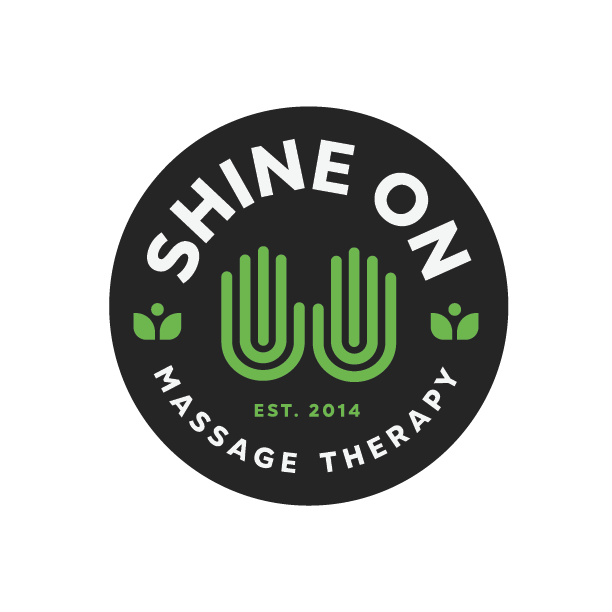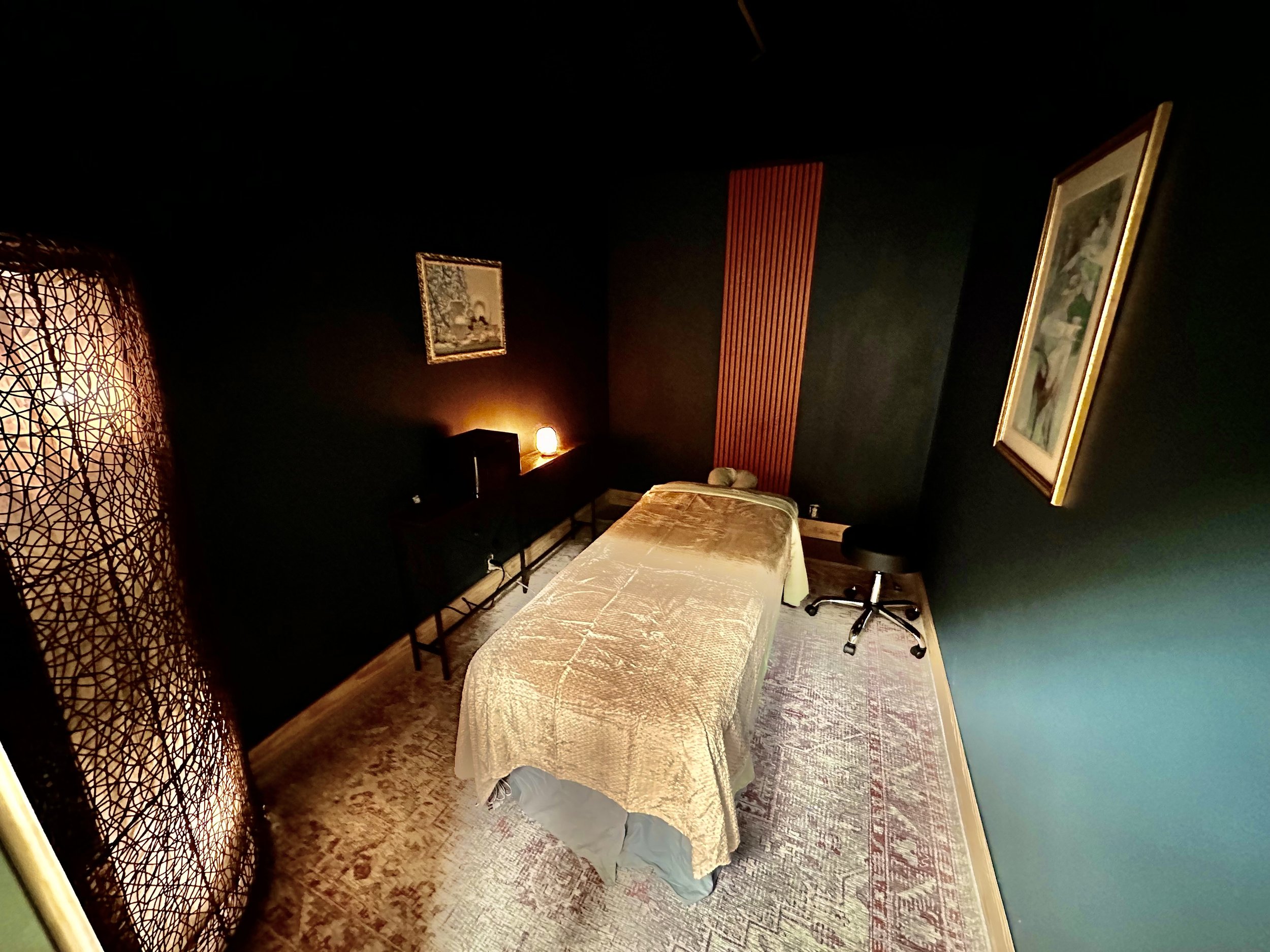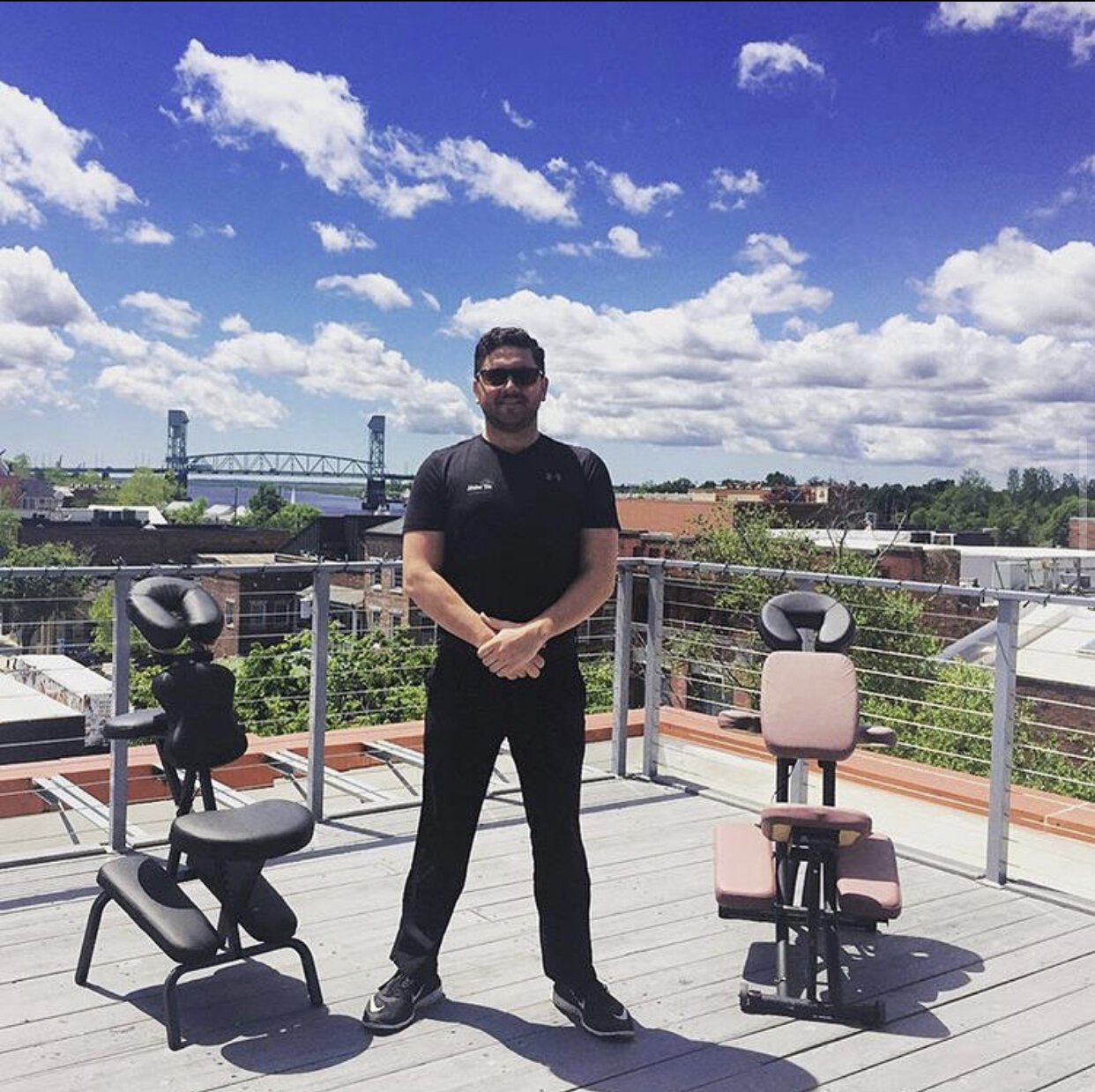Can Cold Water Plunges Improve Mental Health?
While the idea of diving into extremely cold water seems unappealing to most, recent studies have shown that CWI offers emotional benefits. In 2021, researchers recruited undergraduate students to take a 20-minute dip in chilly sea water (13.6°C, 56.5°F) and report their emotions before and after using a Profile of Mood States questionnaire. Compared to controls, the students who engaged in CWI experienced a shift in mood, noting a significant decrease in negative emotions like tension, anger, depression, fatigue, and confusion. Moreover, they experienced boosts in positive emotions such as vigor and self-esteem. Further research involving thirty-three adults new to cold-water swimming highlighted similar benefits. After immersing in a cold bath (20°C, 68°F) for just five minutes, participants reported feeling more active, alert, attentive, proud, and inspired.
These studies, which utilize self-reported questionnaires, indicate that cold-water immersion may significantly enhance mood and overall psychological well-being. It appears to activate traits associated with increased motivation and vitality, while simultaneously diminishing feelings of distress and nervousness.
How to Lower Cortisol Levels Naturally
CWI presents a unique stimulus for the body, prompting significant shifts in its hormonal stress response, particularly involving cortisol, a key regulator of stress. Unlike other stress hormones such as noradrenaline, cortisol levels remain relatively unchanged during the initial shock of cold water. Research highlights an intriguing aspect of cortisol dynamics: while levels do not significantly change during CWI, they significantly decrease afterward.
For example, a study concluded that a one-hour CWI session, whether in thermoneutral (32°C, 90°F), cooler (20°C, 68°F), or cold (14°C, 57°F) water, did not lead to an increase in blood cortisol concentrations. Instead, cortisol levels tended to decrease across all temperatures tested and remained below initial levels an hour after immersion. These findings suggest that cortisol production is not significantly activated by CWI, contrary to what might be expected under typical stress conditions. In fact, CWI may have potent stress-modulating effects. Further research indicates that cortisol levels remain considerably lower for up to three hours after just 15 minutes of CWI (10°C, 50°F). This pattern of response reveals a sophisticated regulatory mechanism, suggesting that CWI can effectively diminish feelings of stress following a session.
CWI may have the potential to modify our body’s stress response to stressors in everyday life. In a study where participants engaged in winter swimming (water 0-2°C, 32-36°F) for twenty seconds or cryotherapy (-110°C, -166°F) for two minutes, three times a week for twelve weeks, the body adapted remarkably. After just four weeks, participants showed significantly lower cortisol levels post-exposure, with levels continuing to drop in the following weeks. This adaptation contrasted with the noradrenaline response, which remained consistent even as the body became accustomed to the cold stress. This reduced cortisol response not only diminished the stress perceived from cold but also potentially enhanced the body’s capacity to manage other stressors more effectively.
The main take away from this study is that by reducing cortisol production in response to repeated cold exposure, participants might also release less cortisol in response to other stressors in everyday life, thus fostering a more resilient physiological state over time.
“Resilience is the ability to adapt to life’s stressors and adversities,” says Dr. Chawla. “The body and mind are interconnected, therefore greater physiological resilience may lead to greater psychological resilience as well.”
How Cold Water Immersion Impacts the Brain
CWI has been scientifically observed to influence brain function, affecting mood, stress response, and potentially brain health through several mechanisms. The immediate physiological response triggered by CWI is largely due to the dramatic change in temperature. A dense concentration of cold receptors in the skin detects this change, leading to a surge of electrical impulses from peripheral nerve endings to the brain. This intense stimulation activates various neural pathways, initiating a cascade of chemical responses designed to help the body manage and adapt to the stressor.
During the initial shock of CWI, the body experiences stress and discomfort due to the sudden drop in temperature. To counteract this, endorphins, the body’s natural pain relievers, are released. These endorphins not only reduce pain but also enhance feelings of well-being, akin to the “runner’s high” that often occurs in other physically demanding or stressful situations.
CWI also activates the sympathetic nervous system (SNS), which controls our “fight-or-flight” responses. This activation leads to a significant increase in noradrenaline (also known as norepinephrine), an excitatory neurotransmitter that not only helps manage stress but also boosts energy and focus. The surge in noradrenaline increases blood flow to the brain, potentially causing feelings of euphoria.
These two neurotransmitters play complementary roles. While norepinephrine prepares the body to handle acute stress by enhancing alertness and readiness, endorphins work to soothe pain and promote a positive mood. This dual response helps individuals cope with the immediate impacts of cold exposure more comfortably and can make the experience of cold water immersion more tolerable–and potentially even rewarding.
Regarding whether CWI has long-term positive effects on the brain, research indicates inconsistent results with respect to the increase of endorphin levels. It is possible that not everyone experiences this endorphin response to CWI, and among those who do, the effect may diminish over time, as the body becomes accustomed to the cold exposure. On the contrary, the increase in noradrenaline continues with each session of CWI, even after the body has adapted after months of regular practice.
These findings underscore the potential of CWI to be used as a reliable tool for improving energy, focus, and mood. These findings also point to the potential of CWI to be used in the treatment of neurological conditions that involve low noradrenaline, including anxiety and depression. However, more research is needed to understand if CWI has long-term effects on emotional well-being outside the water.
Also, CWI may improve brain function through the release of cold-shock proteins, which are produced by the body in response to cold conditions. Animal studies reveal that proteins like RNA binding protein (RBM3) play a crucial role in repairing and regenerating nerve cell connections after they’ve been exposed to cold. Additionally, studies have demonstrated that over-expressing RBM3 can help prevent neuronal connection loss in mice with neurodegenerative diseases. Although there is limited evidence in humans, these findings in mice suggest that regular CWI could potentially boost the expression of such beneficial proteins in humans, offering protection against or slowing the progression of neurodegenerative diseases by preserving and reinforcing neural connections.
Reaction to Cold Water: Full-Body vs. Facial Immersion
Physiological responses to CWI differ significantly based on whether the exposure is to the full body or just the face. Full-body immersion exposes a significant surface area to cold, inducing thermal stress that can substantially lower skin and core body temperatures. This extensive exposure activates the sympathetic nervous system, which in turn triggers a release of neurotransmitters and hormones that drive the stress response. Consequently, this leads to vasoconstriction, an increased heart rate, and a heightened metabolic rate, all of which help preserve body heat and maintain core temperature.
In contrast, immersing just the face in cold water activates parasympathetic activity, which is responsible for “rest and digest” functions in the body. This effect is likely due to the mammalian diving reflex—an evolutionary adaptation that optimizes respiration and conserves oxygen by preferentially directing oxygen to vital organs. The diving reflex is mediated by the vagus nerve, which activates the parasympathetic system and releases a sense of calm. The trigeminal nerve in the face also plays a crucial role when stimulated by cold, sending signals that further enhance parasympathetic output, decreasing heart rate, and boosting digestive activity.
These differences highlight how CWI can be strategically used to target specific physiological responses and therapeutic outcomes, depending on whether the exposure is localized to the face or involves the entire body.
“I sometimes recommend facial cold water immersion to my patients as part of the T in TIPP skills to help people with emotion regulation. TIPP stands for temperature, intense exercise, progressive muscle relaxation, and paced breathing,” says Dr. Chawla. “These skills involve changing your body chemistry to shift emotions. Some people find brief facial immersion in cold water or taking a cold shower to be helpful in shifting their body chemistry and thereby shifting their emotional state.”
























